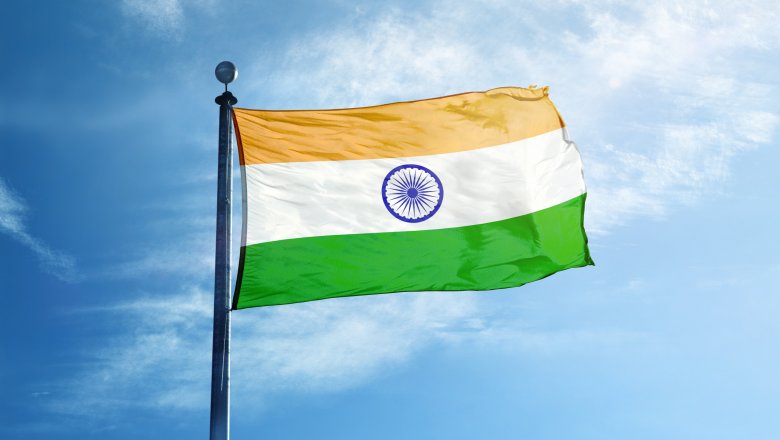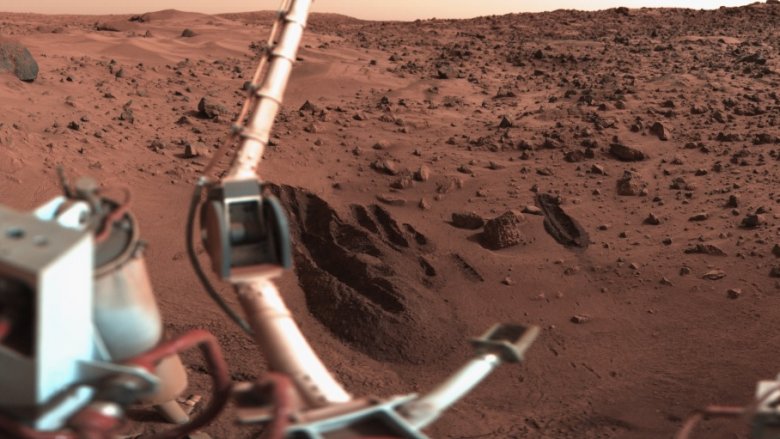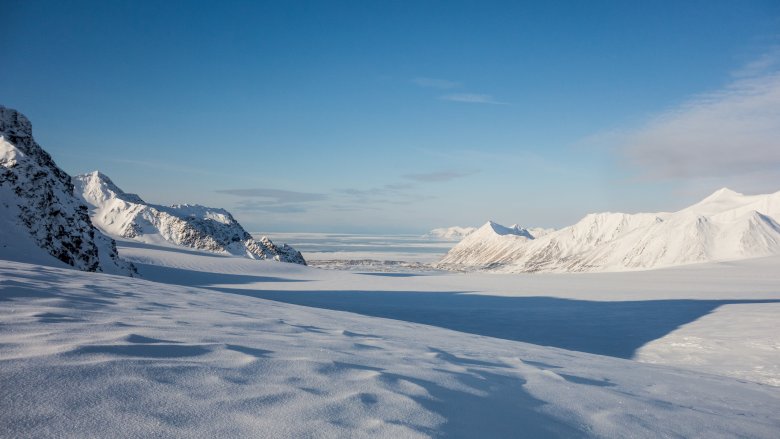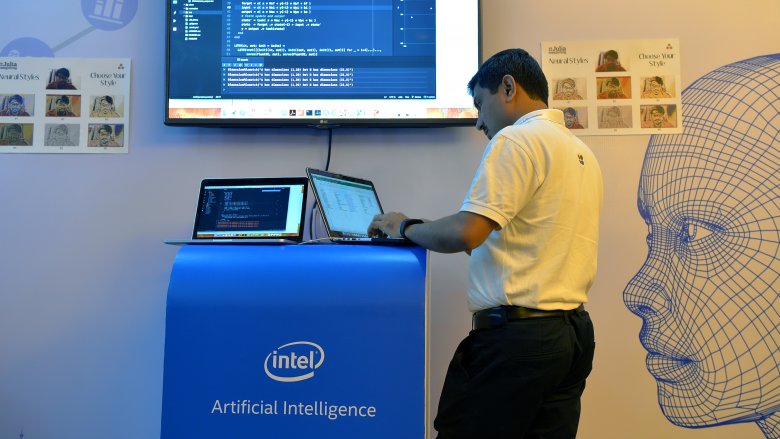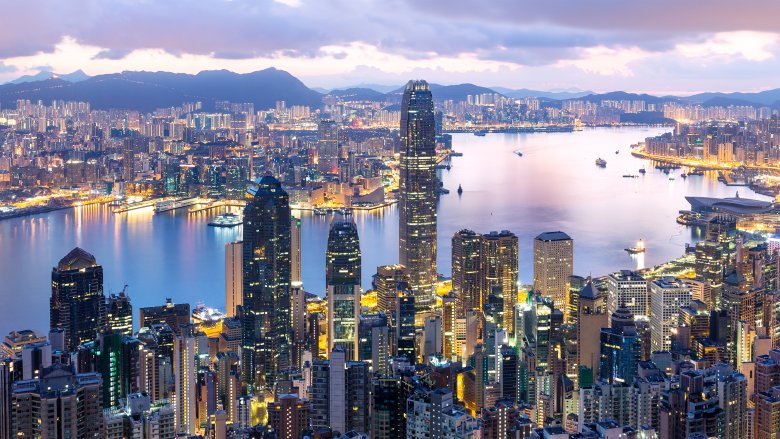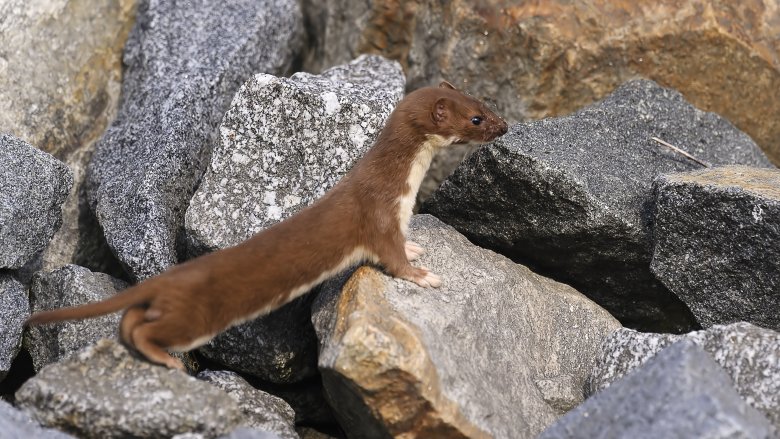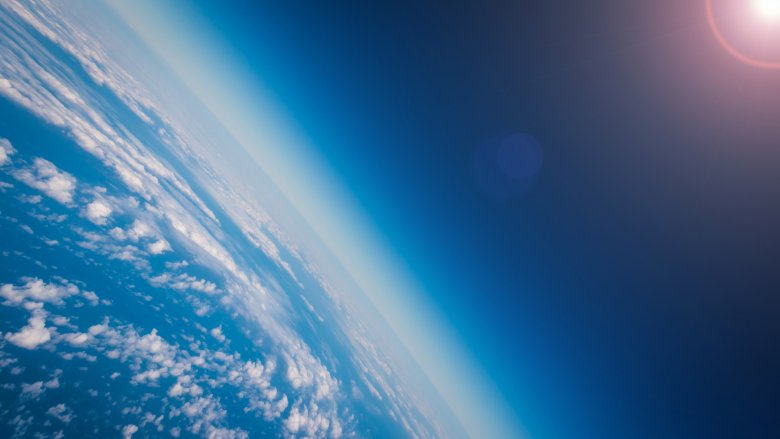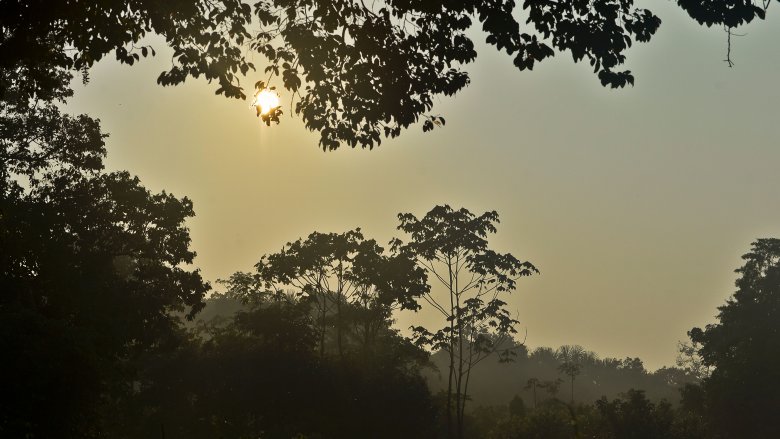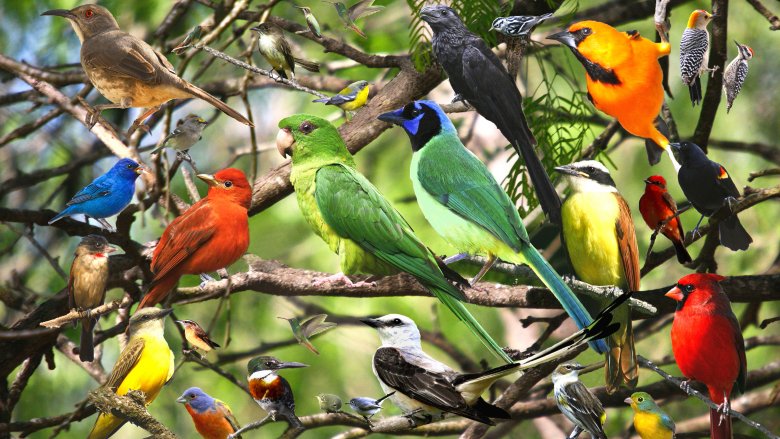What Will Happen Before The Year 2100
It can be hard enough to predict what will happen next week, never mind next decade, or the end of this century. But based on current trends, plus agreements for the future that were set in place years ago, we can at least begin to surmise what our world will look like over the rest of this century. By the time to party like it's 2099, expect the following to have become reality.
India will become more populated than China by 2022
China's been the most populated country on Earth for quite some time, but the way things are going, don't expect their reign on top to last much longer. A 2015 study of global population trends conducted by the United Nations, shows that by 2022 the new undisputed champion of too many people will be India. Previously, it was thought India would take the top spot by 2028, so clearly they've been working on making more babies than originally thought.
In addition, the UN predicted that the United States will no longer be the third most-populated country by 2050. Rather, Nigeria will take the bronze, as Africa is expected to add more than half of the world's new people by that magical year. If that's not enough, the UN expects overall population growth to skyrocket to unprecedented levels. By 2050, it expects 9.7 billion people in the world, and by the end of the century a smothering 11.2 billion. Those numbers alone are incredible, but when you consider that in 1900, Earth housed a mere 1.6 billion people, it's almost stupefying to realize she could be putting up with 9.6 billion more just two centuries later.
We'll be on Mars by the mid-2030s
We haven't been to the Moon since the 1970s, but that's okay. We have another goal in mind now: walking on Mars. It's a pipe dream that may soon become reality, if one of the many organizations trying to pull it off have anything to say about it.
On August 30, 2011, ten space agencies from all over the world met as the International Space Exploration Coordination Group (ISECG), to discuss plans to visit the Red Planet and perhaps exact revenge on Marvin the Martian for his continued plans to destroy Earth. The hope is to get humans on Mars by the mid-2030s. They currently plan to do it one of two ways: sending astronauts back to the Moon or conducting manned missions on a nearby asteroid first. Either path should help the astronauts chilling on those dead space rocks to work on the technology necessary to first perfect robotic missions to Mars, and then eventually make manned missions a reality.
The ultimate goal is to focus on Mars as a possible new home for humans, whether Earth is still in good shape or not. That's all well and good, provided we eventually give Mars what it really, truly needs: cheerleaders.
Arctic sea ice might all but disappear by 2037
When you think of the Arctic, you probably think ice, and lots of it. That may well not be the case for much longer, as the Arctic could run out of sea ice within the next couple decades.
According to research published in a 2009 edition of Geographical Research Letters, based on recent trends where both 2007 and 2008 saw a large loss of Arctic sea ice (water from the Arctic ocean that freezes), as well as data from six different Intergovernmental Panel on Climate Change (IPCC) models, we're on pace to lose virtually all Arctic sea ice by 2037. According to their calculations, there were 4.6 million square kilometers of sea ice in 2009 — by 2037, there will be under a million, which might as well be nothing at all. Plus, the ice will likely be much thinner than what we have today, making the loss of the remaining million kilometers an even more dire possibility.
The study makes no mention of when we might expect the Arctic to lose ice completely, and hopefully that never happens because then we're all in major trouble.
AI will be as smart as humans by 2040, smarter by 2060
Artificial intelligence has gotten way smarter as of late, but it still stops short of being as smart as us. After all, without humans to plug information into it, it's got nothing. For now, anyway — the way things are advancing, we may well be dealing with AI as smart as us, if not smarter, in less time than you think.
According to Ben Ross, an expert at MYOB Technology, artificial intelligence is on pace to match human intelligence by 2040. He figures this thanks to averaging out many expert predictions, plus relying on Moore's Law, the idea that some computer parts double their powers every year. So by 2040 they'll have advanced to the point where they're as smart as us. If that's not amazing (or scary) enough, Ross also feels that by 2060, AI will actually surpass human-level intelligence, and what that means for us fleshy types is basically in our hands. As Ross put it in his TED Talk, "We have time to make sure that we guide its pathway forward — ensuring a great outcome instead of bad." In short, super-intelligent, super-powerful AI could mean Wall-E or it could mean Skynet. It's our choice.
Hong Kong and Macau will no longer be independent of China by about 2050
Depending on where you live in China, you may be dealing with a completely different style of government than your buddies an hour down the road. That's because Hong Kong and Macau, despite being part of China, are their own entities with their own styles of government. Thanks to the "One Country, Two Systems" compromise, Hong Kong (which was a British territory until 1997, when China took over sovereign rule) is a capitalist city in a socialist country, while Macau is almost completely autonomous, basing itself heavily on the culture of Portugal, the country that ruled it until 1999.
Thing is, these compromises have an expiration date. In both cases, they're set to run out 50 years after they were signed, meaning Hong Kong is set to revert to Chinese rule in 2047, while Macau will join them in 2049. For the time being, this means both territories will become socialist by then, though we all know contracts are made to be renegotiated. One think tank, called the One Country Two Systems Youth Forum, is designed to foster communication between Hong Kong youth (the ones most likely to be affected by a 2047 government change) and China, to ensure whatever happens that year will make as many people happy as possible. Likely, Macau will work to ensure similar communication because it wouldn't be a good look if 2049 rolled around and Macau suddenly turned socialist and took everyone by surprise.
Rats, weasels, and other invasive predators will be gone from New Zealand by 2050
Aside from nuclear bombs, few things are worse for the environment than invasive species, which show up in places they're not natural to, kill and eat the local wildlife, spread diseases the locals aren't prepared to fight, and just plain mess up the natural order of everything. Some places, like New Zealand, are beyond done with them, and they're making eradication of outside pests a top priority.
If New Zealand's plans work out, by 2050 all sorts of invasive predators will be off the island for good. That includes rats, weasels, opossums, ferrets, and creatures that other parts of the world take for granted but that New Zealand wants nothing to do with. According to Prime Minister John Key, such animals kill over 25 million native birds a year, like the kiwi, the most iconic New Zealand thing this side of Hobbit holes. So they're looking to set more traps, drop more poison from the air, and get all these pests gone by mid-century. The cost, according to a 2015 University of Auckland study, will run the country over $6.2 billion, which is a bargain compared to what it would cost to not do anything: over $11 billion. That's like being forced to choose between a 100-degree day and a 130-degree day. Both are really uncomfortable, and given the chance you'd rather not either way, but you can at least survive 100 degrees.
The ozone layer will be completely healed by 2075
We don't hear much about the ozone layer lately, but in the '70s and '80s, the humongous hole created by chlorofluorocarbons (CFCs), harmful chemicals found in spray cans, air conditioners, and other culprits emerged as one of the biggest threats to our civilization. If it got any bigger, we feared, the Sun's ultraviolet rays would freely rain down on us and quickly roast us alive.
Thankfully, once scientists realized what was drilling the hole, numerous steps were taken to reduce using the chemicals causing it. Since then, the ozone layer has been slowly but surely healing itself. In 2014, a 300-scientist-strong United Nations report reported the first significant increase in ozone volume since it started to go away. Still, it's a slow process; according to the UN report, the ozone layer won't go back to what it was in the '80s until 2050. It won't be until 2075, meanwhile, that the most damaged part of the layer — the area over the Antarctic — will fully recover. At its worst, the Antarctic hole measured over 30 million square kilometers. It's currently around 20 million, which is still way too big for a hole that decides whether we turn into a water world.
83 percent of the Amazon rain forest will be gone by 2100
One of the saddest things our planet has lost over the decades is our rain forest, and the way things are going, we aren't getting any of it back anytime soon. In fact, we're set to lose much more of it before this century is through.
In 2009, the UK's national weather service unleashed a report saying that, based on global trends, the world was set to get hotter by 4 degrees Celsius (7.2 degrees Fahrenheit) by 2055. And that's just an average: Some parts of the world may jump an insane 16 degrees Celsius, or 28.8 degrees Fahrenheit. Any more than that, and we're all but boiling the world. What's worse, this means that by the year 2100, we'll have virtually no more Amazon rain forest. Wolfgang Cramer, a climatologist at Germany's Potsdam Institute for Climate Impact Research, projects that at least 83 percent of the rain forest will be gone by century's end. Amazingly, that might be a conservative estimate, as it's based on the possibility that the atmosphere will release extra carbon dioxide and help protect the rain forest from drought. Problem is, that might not happen, and if it doesn't, as Kramer so grimly put it, "We risk losing the entire Amazon." That is, provided we haven't lost our lives to heat stroke before then.
Hundreds of species of birds will be extinct by 2100
Everyone loves birds, except maybe poor Tippi Hedren from The Birds. They're cute and colorful and ensure that our nation's cats will never go hungry. But at the rate we're going, we're going to see many fewer feathered friends by century's end.
According to a 2011 study on climate change, upcoming extreme weather, both hot and cold, will likely start killing birds off en masse. The study believes that, if global temperatures rise 3.5 degrees Celsius (6.3 degrees Fahrenheit), anywhere from 600 to 900 species of birds will go extinct. What's more, the study states that for every extra degree in temperature, 100 to 500 more bird species will die off. Most affected would be birds living in places where the temperature rarely shifts all that much. If those places suddenly get too hot or too cold, the birds likely won't be able to adapt and survive.
While that number is low compared to all the birds in the world — according to the American Museum of Natural History, there are currently about 18,000 species of ex-dinosaurs roaming the land and skies — it's still an alarming extinction rate. It would get worse if some places on Earth jump over 16 degrees Celsius, as the UN fears. If that happens, we could lose half our birds in under 100 years. A future like that is, dare we say, for the birds.
